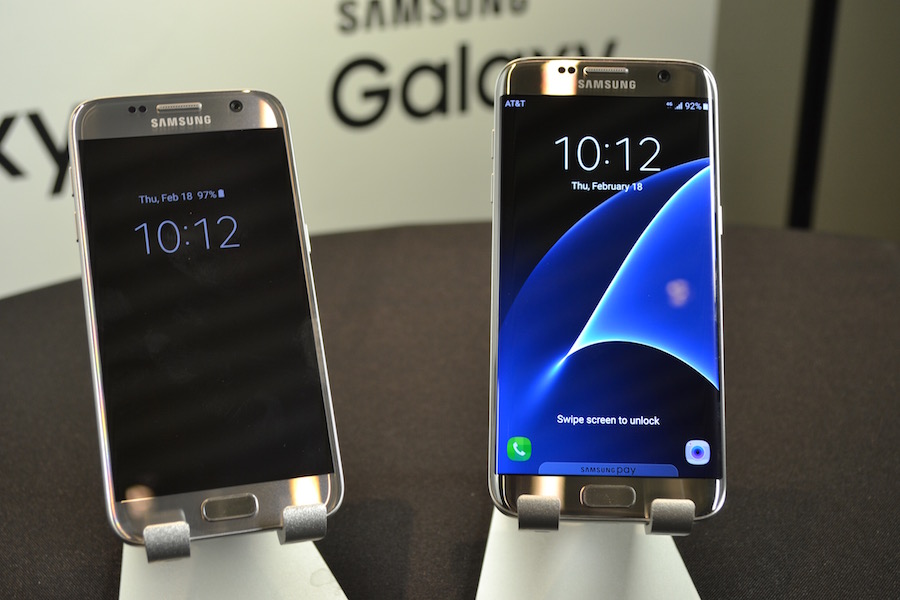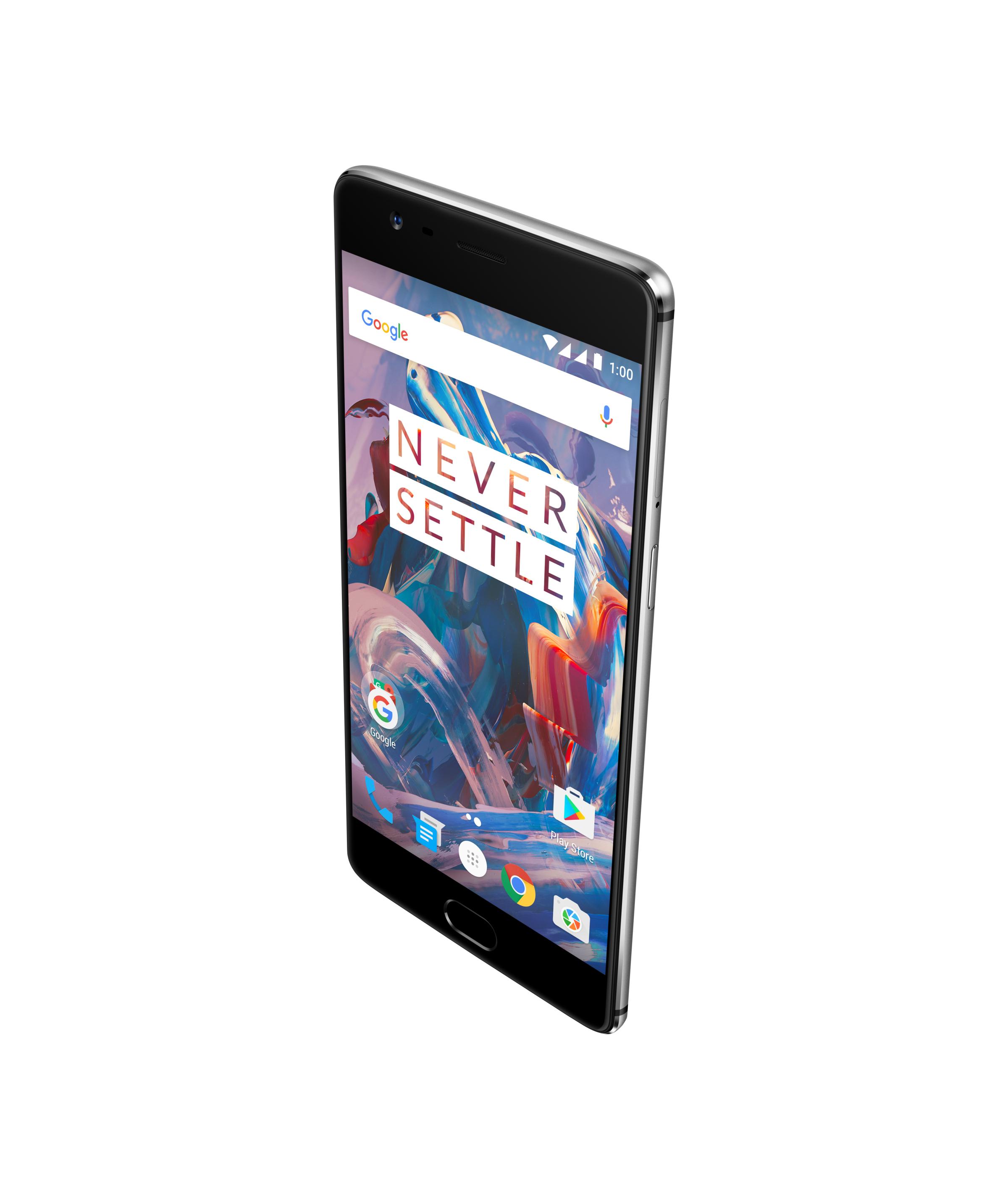Samsung has halted production of its Galaxy Note 7 smartphone after grappling with a battery issue that caused the phone to overheat and, in some cases, catch fire. Shoppers who already bought the Note 7 are being encouraged to return them for another device.
So what should you do if you’re suddenly in the market for a Note 7 replacement? TIME picked some great alternatives that match some of the Note 7’s features, most notably its comparatively large size.
For those who don’t mind switching to a different software platform, Apple’s iPhone 7 Plus is an excellent choice. The iPhone 7 Plus’ water-resistant design, long battery life, and high-quality camera make it a sensible option. And with its 5.5-inch screen, the iPhone 7 Plus is almost the same size as Samsung’s 5.7-inch Note 7.
But lots of Android fans out there don’t want to make the jump to the iPhone. For them, Google’s upcoming Pixel phone (buy here) could be a great choice. It comes in a 5.5-inch size option and includes Google’s new conversational virtual assistant. Still, we can’t recommend the Pixel until we’ve had more time with the device, which begins shipping in the coming weeks.
For Android fans who aren’t willing to wait for Google’s Pixel, here are three other Note 7 replacements worth considering:

These Samsung phones are slightly smaller than the Note 7, and they lack features like the S Pen stylus and iris scanner. But otherwise, they’re as close to the Note 7 as one can possibly get. The overall design language is the same, while the Note 7 inherited a few hardware components from the S7 and S7 Edge, including its impressive 12-megapixel low-light camera and sharp screen resolution. Those who really miss the Note 7’s subtle curves could splurge on the more expensive S7 Edge model, which has slightly rounded edges. Buy here
OnePlus 3

The OnePlus 3 is one of my favorite smartphones of the year for three key reasons: it’s easy to use, it’s well-built, and best of all, it’s much cheaper than most high-end rivals. It sells for $399 without a carrier subsidy, while many premium phones cost upwards of $600-$700. Since the OnePlus 3 runs on a relatively unmodified version of Android, its software feels fast and slick, and it doesn’t come loaded with bloatware. Its 5.5-inch screen makes it just 0.2 inches smaller than the Note 7. Those who want the freedom to add more storage as they see fit and care a lot about photography may want to look elsewhere, but this phone offers a lot for the price. Buy here
Moto Z Droid/Moto Z Force Droid

The main draw behind Motorola’s latest flagships are the way they’re designed to work with specific accessories called Moto Mods. These are add-ons that snap on to the back of the phone meant to enable specific use cases. One such accessory turns the Moto Z into a portable projector, while another boosts its battery life. These modifications aside, the new Moto Z phones stand out on their own as well. The Moto Z Droid is incredibly thin and light, while the Moto Z Force offers a shatter-proof screen, a larger battery, and a higher resolution camera. The Moto Z’s biggest shortcoming, as is the case with most Android phones, is its bloatware. My review unit included more than a dozen apps I’ll probably never use. Buy here
More Must-Reads from TIME
- Caitlin Clark Is TIME's 2024 Athlete of the Year
- Where Trump 2.0 Will Differ From 1.0
- Is Intermittent Fasting Good or Bad for You?
- The 100 Must-Read Books of 2024
- Column: If Optimism Feels Ridiculous Now, Try Hope
- The Future of Climate Action Is Trade Policy
- FX’s Say Nothing Is the Must-Watch Political Thriller of 2024
- Merle Bombardieri Is Helping People Make the Baby Decision
Contact us at letters@time.com